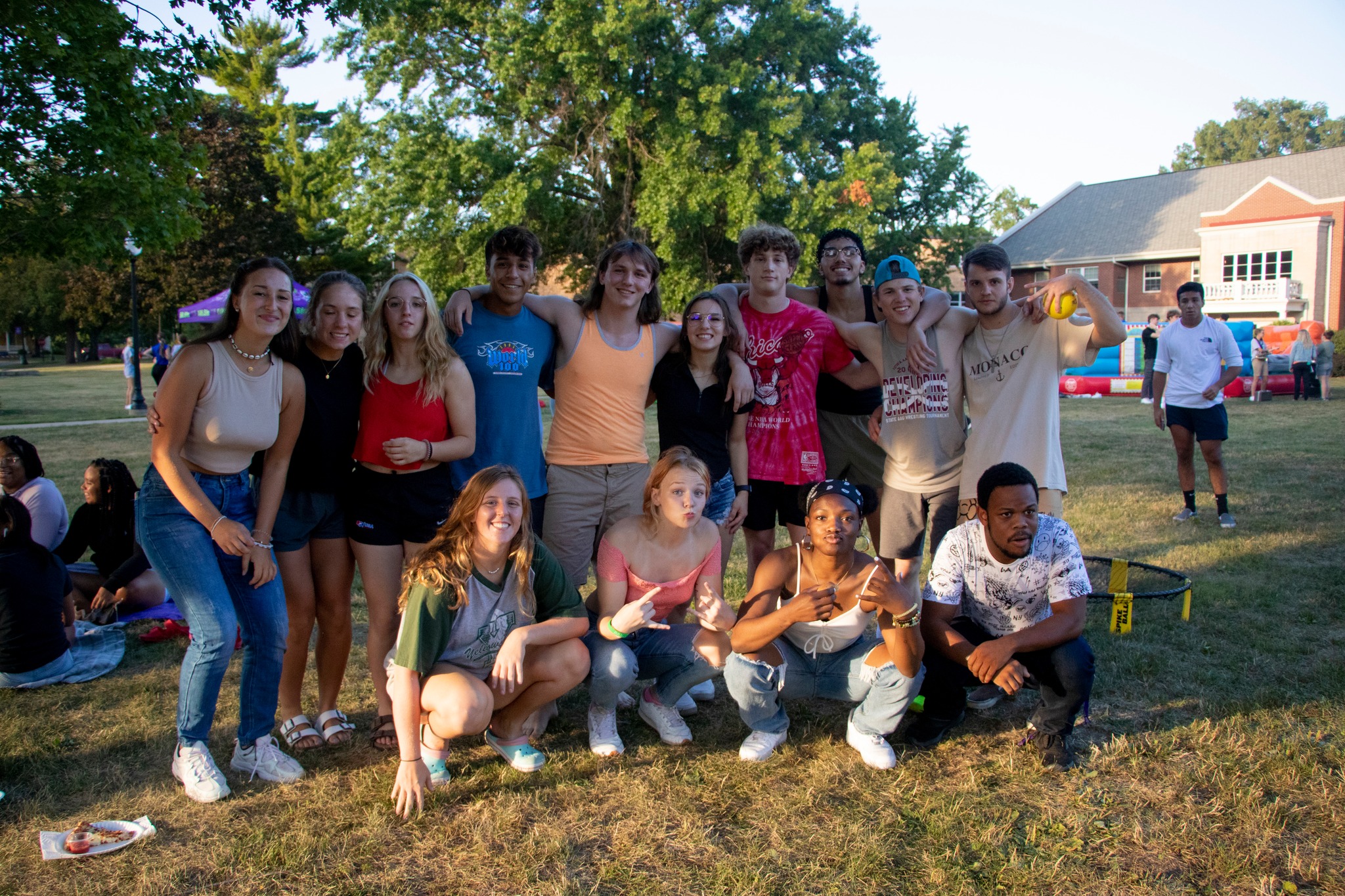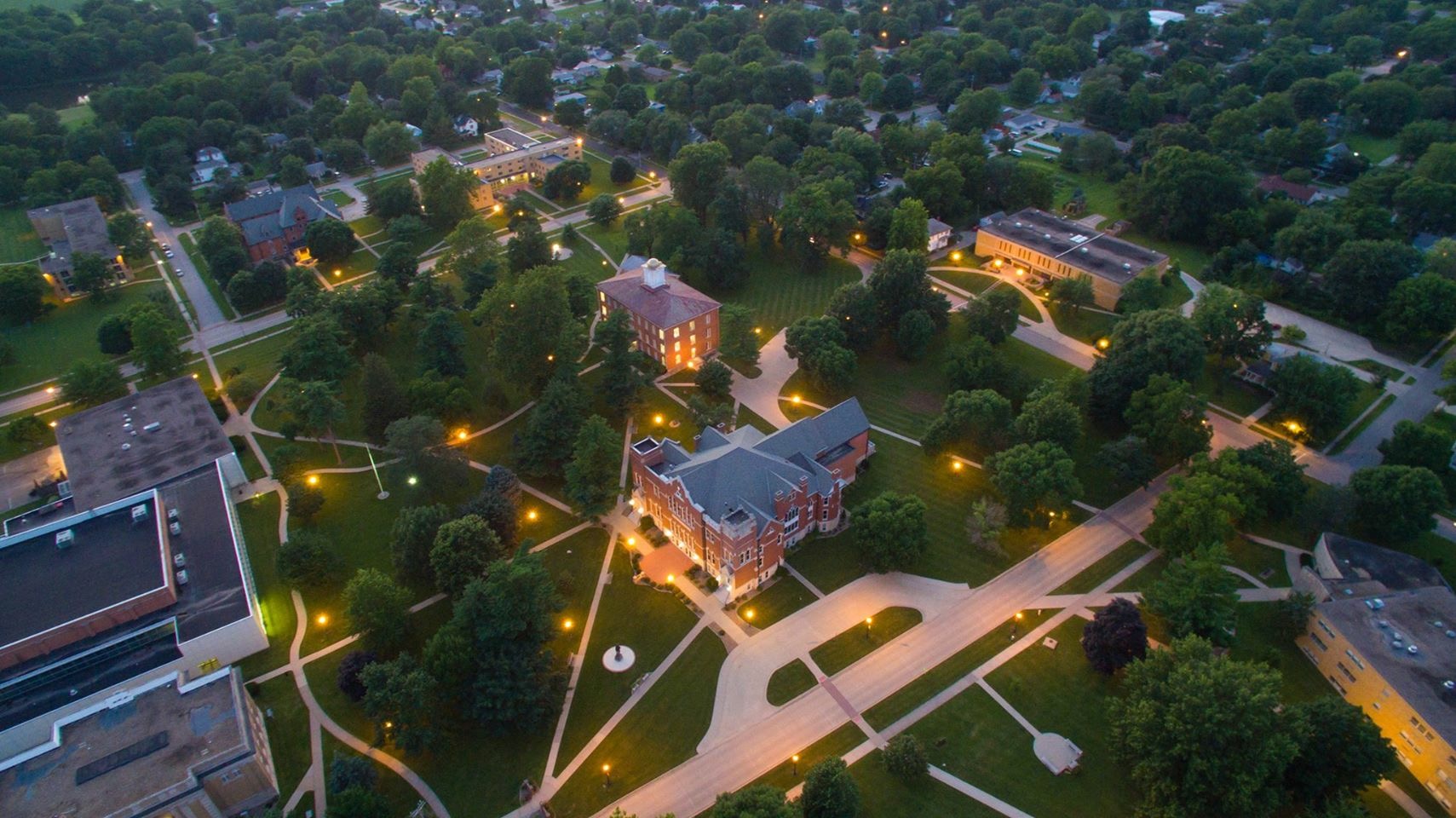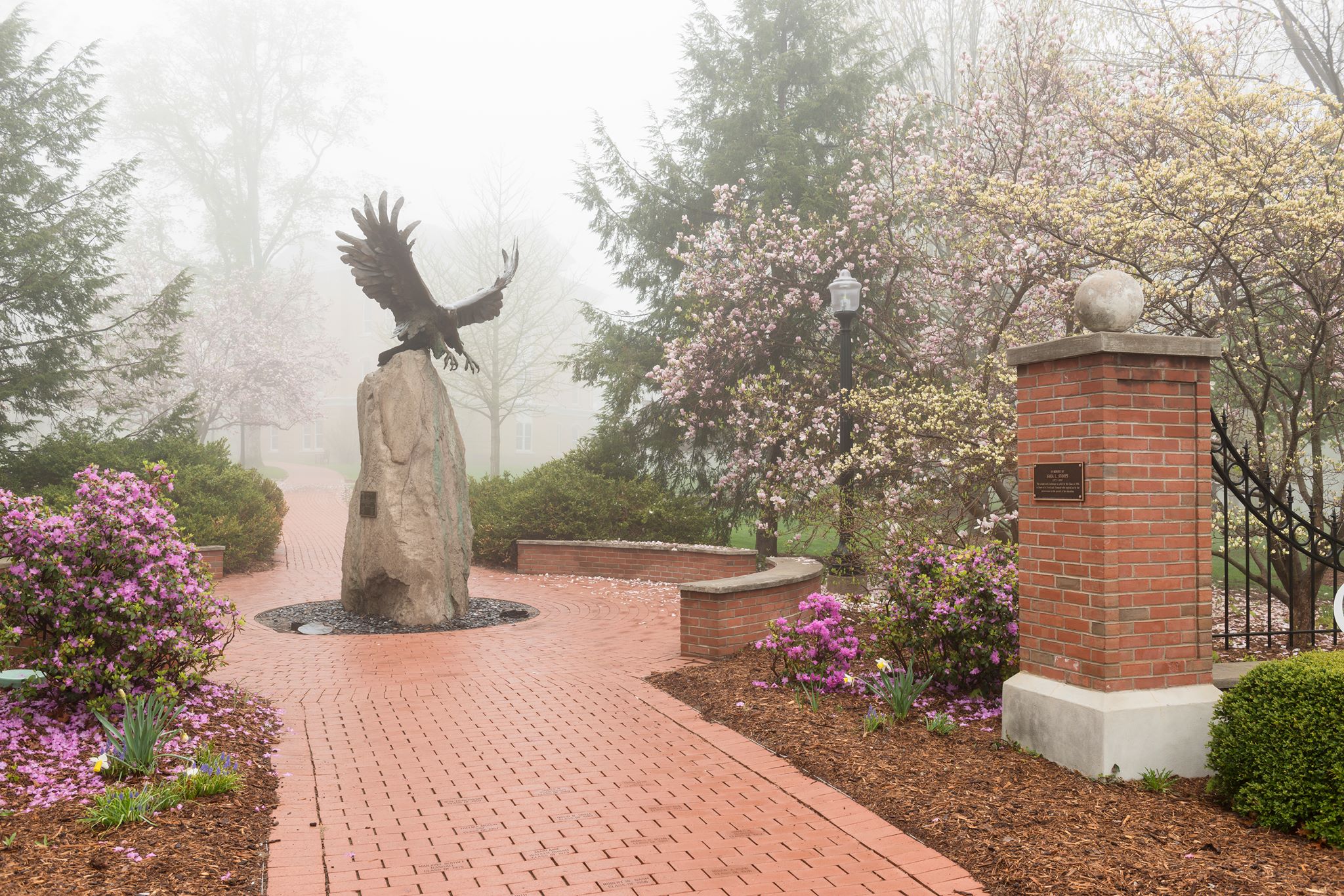Treaty of Saginaw
- Home Page 166

Abiit sed non oblitus | Iowa
Iowa Wesleyan University is a private university in Mount Pleasant, Iowa with a founding affiliation with the United Methodist Church. It is Iowa’s first co-educational institution of higher learning and the oldest of its type west of the Mississippi River. It is one of several colleges and universities in the United States funded through the National Institute of Food and Agriculture program. These institutions receive funding for research, education, and outreach programs related to agriculture, food, and natural resources.
With an enrollment consistently below 1000 students the university will close at the end of the 2022–23 academic year owing to financial challenges.
More:
Iowa Wesleyan University to close after nearly 2 centuries
Long-struggling Iowa Wesleyan to close due to budget shortfall; USDA to take over campus
Owing $26 million to the USDA, Iowa Wesleyan University announces closure
This poem about Julian of Norwich from WOUND is one of the most meaningful to me, written at the height of pandemic spring.
I am so grateful to @GrantaMag for giving it an online home: pic.twitter.com/k4SveIBAJh
— Dr. Maya C. Popa (@MayaCPopa) May 23, 2023
Standards July: Human Resources
Magdalen plane tree, 220 years old. pic.twitter.com/X7UqtAEtNf
— Dinah Rose (@DinahGLRoseKC) September 4, 2023
…to be continued…
Tea
“Monday morning” as a concept since the modern idea of weekdays, including Monday as the start of the workweek, is a relatively recent development. In ancient times, different cultures had their own systems for organizing time, often based on astronomical or religious cycles rather than the structured workweek we’re familiar with today.
From ancient writings, however, we learn about the start of the week in various contexts. For instance, in Greco-Roman literature, there are numerous references to the beginning of the day and the importance of starting tasks early. Additionally, certain religious texts, such as the Bible, may contain references to the first day of the week, which could be interpreted in a similar context to Monday.
“No matter where you are in the world,
you are at home when tea is served.”
– Earlene Grey
There is an American way for drinking tea, a British way of drinking tea, a Japanese way of drinking tea and so forth and so on. However, the International Organization for Standardization (ISO) section ISO 3103 concludes upon an “international way” of drinking tea. The ISO even created a standard on how to run a standard organization. Their goal for this standard, no matter where you are in the world, is to have one way to play it safe in terms of making tea. To maintain consistent results, the following are recommendations given by the standard:
- The pot should be white porcelain or glazed earthenware and have a partly serrated edge. It should have a lid that fits loosely inside the pot.
- If a large pot is used, it should hold a maximum of 310 ml (±8 ml) and must weigh 200 g (±10 g).
- If a small pot is used, it should hold a maximum of 150 ml (±4 ml) and must weigh 118 g (±10 g).
- 2 grams of tea (measured to ±2% accuracy) per 100 ml boiling water is placed into the pot.
- Freshly boiling water is poured into the pot to within 4-6 mm of the brim.
- The water should be similar to the drinking water where the tea will be consumed
- Brewing time is six minutes.
- The brewed tea is then poured into a white porcelain or glazed earthenware bowl.
- If a large bowl is used, it must have a capacity of 380 ml and weigh 200 g (±20 g)
- If a small bowl is used, it must have a capacity of 200 ml and weigh 105 g (±20 g)
- If the test involves milk, then it can be added before or after pouring the infused tea.
- Milk added after the pouring of tea is best tasted when the liquid is between 65 – 80 °C.
- 5 ml of milk for the large bowl, or 2.5 ml for the small bowl, is used.
If you travel out of the country and are not informed on the countries traditions and practices for drinking tea, according to the ISO, you can’t go wrong by using the above standards. Their standards does not make your way of making tea wrong. It just sets a default and reproducible cup for everyone to make.
More
The International Standard Cup of Tea
NSF International: Drinking Water Quality
There are several universities around the world that specialize in tea research. Some of the most well-known include:
University of North Carolina at Greensboro (USA): The UNCG has a Center for Applied Research in Tea and is dedicated to tea research in the areas of health, culture, and sustainability.
Huazhong Agricultural University (China): Huazhong Agricultural University has a Tea Science Institute that conducts research in the areas of tea breeding, tea processing, tea quality, and tea culture.
University of Shizuoka (Japan): The University of Shizuoka has a Faculty of Agriculture that includes a Department of Tea Science, which conducts research in the areas of tea production, processing, and quality.
University of Darjeeling (India): The University of Darjeeling has a Department of Tea Science and Technology that offers courses in tea science and conducts research in the areas of tea cultivation, processing, and marketing.
University of Colombo (Sri Lanka): The University of Colombo has a Department of Plant Sciences that conducts research in the areas of tea breeding, cultivation, and processing.
Anhui Agricultural University (China): Anhui Agricultural University has a Tea Research Institute that conducts research in the areas of tea breeding, cultivation, processing, and marketing.
Nice cup of tea before bed pic.twitter.com/Wfr16IUGaz
— Rachey (@Rachelle_Hulme) April 2, 2025
“There goes the neighborhood”
This content is accessible to paid subscribers. To view it please enter your password below or send mike@standardsmichigan.com a request for subscription details.
Balance
lorem
https://www.ansi.org/american-national-standards/ans-introduction/essential-requirements
https://www.pinterest.com/pin/fun-and-engaging-3-circle-venn-diagram-template-for-kids–552957660510518316/
In determining the interest categories appropriate to a standards development activity, an ASD shall give consideration to at least the following three categories:
a) producer;
b) user;
c) general interest.
If, after consideration, a “General Interest” category is deemed appropriate, that interest category should include only those whose business or other interests are not covered by another discretely defined interest category.
Amerikanische Mädchen probieren Döner!!
This content is accessible to paid subscribers. To view it please enter your password below or send mike@standardsmichigan.com a request for subscription details.
GPT Power Grid
This content is accessible to paid subscribers. To view it please enter your password below or send mike@standardsmichigan.com a request for subscription details.
The University Campus As A Designed Work and an Artefact of Cultural Heritage
Paul Hardin Kapp
School of Architecture, University of Illinois at Urbana-Champaign, Illinois, United States
ABSTRACT: The university campus in the United States is a unique architectural and landscape architecture typology. Nothing like it existed until Harvard University was established in 1638. Invented during in the 17th century by the American colonists and later developed during the American Industrial Revolution, the American campus is a community devoted to teaching and generating knowledge. It can be urban, suburban, and/or rural in form and its planning directly correlates with a university’s research mission and the pedagogy of the American university system. Its buildings and landscapes are embedded with iconography, which the founding builders used to convey their values to future generations.
This paper presents the history of how this designed work first emerged in American society and then evolved in ways that responded to changes that occurred in America. At the end of the 20th century, universities conserved parts of them as cultural heritage monuments. Originally, the university campus was built to disseminate a classical education, but later, the campus was built for technical and agricultural education. By the beginning of the 20th century, professional education and sport changed its architecture and landscape. The paper briely discusses that while it has inspired how universities are built to teach and generate knowledge throughout the world. It concludes by reairming its value to cultural heritage and that it should be conserved.
New update alert! The 2022 update to the Trademark Assignment Dataset is now available online. Find 1.29 million trademark assignments, involving 2.28 million unique trademark properties issued by the USPTO between March 1952 and January 2023: https://t.co/njrDAbSpwB pic.twitter.com/GkAXrHoQ9T
— USPTO (@uspto) July 13, 2023
Standards Michigan Group, LLC
2723 South State Street | Suite 150
Ann Arbor, MI 48104 USA
888-746-3670

















